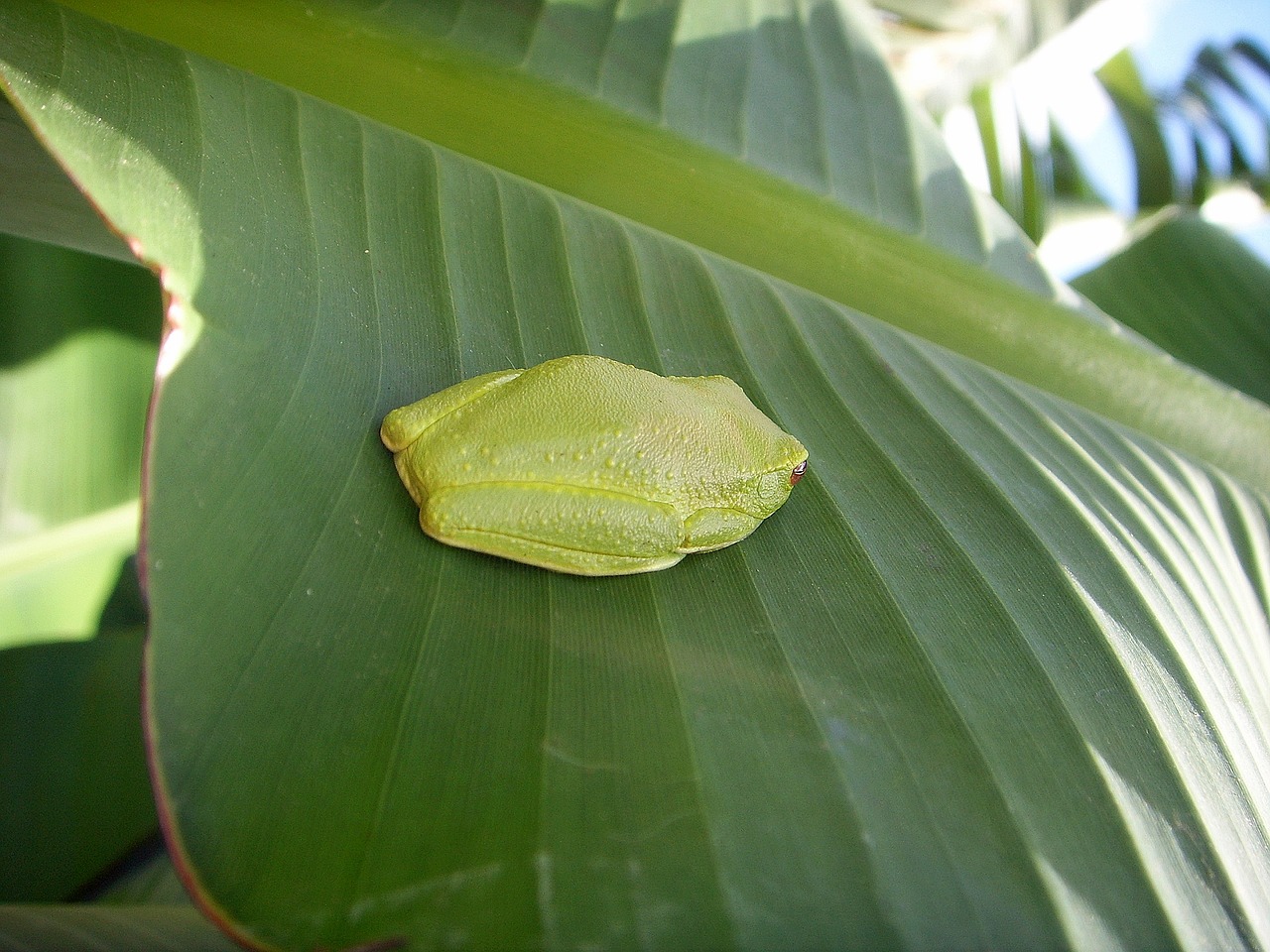Media release
From:
On 58% of Earth's Land Surface, Biodiversity Has Dropped Below Suggested 'Safe' Threshold
Species "intactness" has dropped below what one research group considers the safe limit across about 58% of Earth's terrestrial surface, a new study reports. The results, part of perhaps the most comprehensive quantification of global biodiversity change to date, provide key insights into the current extent of biodiversity losses, which have been lacking to date. The Biodiversity Intactness Index (BII) captures changes in species abundance. Researchers hypothesize that below a so-called safe limit of biodiversity intactness, the wide range of services provided by biodiversity that underpin human well-being -such as crop pollination, waste decomposition, and regulation of the global carbon cycle - are critically threatened. Generally, the safe limit is placed at a precautionary 10% reduction in BII, meaning that species abundance within a given habitat is 90% of its original value in the absence of human land use. (Some researchers say that reductions can safely b e as much as a 70%, however.) To quantitatively assess changes in BII globally, Tim Newbold et al. analyzed a database of more than 2.3 million records of greater than 39,100 species living in 18,600 sites - together representing a far more comprehensive dataset than evaluated in previous studies analyzing global biodiversity intactness. Their BII map reveals that global biodiversity has fallen to 84.6%. Even if the emergence of new species in a given region is accounted for, BII is still generally under the suggested threshold, at 88% of its original value. The impact of land-use pressures on biodiversity varies by biome, where grasslands are most affected, and tundra and boreal forests are least affected. Overall, analysis by Newbold et al. suggests that nine of the 14 terrestrial biomes have surpassed the suggested safe limit for biodiversity, although this number drops to seven out of 14 if the appearance of new species is included in the assessment. The authors note that the disparities between their model simulations that include the emergence of new species versus those that exclude it highlight the need to understand the effects of these new species on ecosystem function. A Perspective by Tom Oliver discusses this study in greater detail, highlighting how high levels of uncertainty around biodiversity change to date have appeared to hamper commitment to action in this space.
Article #16: "Has land use pushed terrestrial biodiversity beyond the planetary boundary? A global assessment," by T. Newbold; A.P. Arnell; S.L.L. Hill; J. Hutton; J.P.W. Scharlemann at United Nations Environment Programme World Conservation Monitoring Centre in Cambridge, UK; T. Newbold; S. Whitmee at University College London in London,UK; L.N. Hudson; S. Contu; A. De Palma; S.L.L. Hill; H.R.P. Phillips; V.J. Burton; C.W.T. Chng; S. Emerson; D. Gao; G. Pask-Hale; K. Sanchez-Ortiz; B.I. Simmons; H. Zhang; A. Purvis at Natural History Museum in London, UK; A. De Palma; I. Lysenko; H.R.P. Phillips; B.I. Simmons; A. Purvis at Imperial College London in London, UK; S. Ferrier; A.J. Hoskins at Commonwealth Scientific and Industrial Research Organization in Canberra, ACT, Australia; J. Hutton at World Wildlife Fund in Gland, Switzerland; M. Jung at University of Copenhagen in Copenhagen �, Denmark; M. Jung; J.P.W. Scharle mann at University of Sussex in Brighton, UK.
Contact: Tim Newbold at t.newbold@ucl.ac.uk (email).
DOI Information: Reporters wishing to link to this paper's abstract on sciencemag.org can use the following URL: http://science.sciencemag.org/cgi/doi/10.1126/science.aaf2201
Article #4: "How much biodiversity loss is too much?" by T.H. Oliver at University of Reading in Whiteknights, UK.
Contact: Tom H. Oliver at t.oliver@reading.ac.uk (email).
DOI Information: Reporters wishing to link to this paper's abstract on sciencemag.org can use the following URL: http://science.sciencemag.org/cgi/doi/10.1126/science.aag1712
Expert Reaction
These comments have been collated by the Science Media Centre to provide a variety of expert perspectives on this issue. Feel free to use these quotes in your stories. Views expressed are the personal opinions of the experts named. They do not represent the views of the SMC or any other organisation unless specifically stated.
Professor Bill Sherwin, from the Ecology and Evolution Research Centre at UNSW.
I like that Newbold and coauthors have considered not just species richness, but also abundance and function.
Far too many conservation studies consider only richness (the number of different species), which can be quite unrealistic. For example, if two areas have the same set of common species, which carry out most of the important functions, but differ greatly in the number of very rare species, then if only the number of species was considered, the two areas would (incorrectly) be considered to have very different biodiversity.
So it was good to see that Newbold considered not only richness, but also abundance and function, and that richness and abundance gave similar results (eg Fig 3 in Newbold, comparing left and right side of each row).
I think Newbold and coauthors have done a reasonable job of highlighting the uncertainty that remains, especially that they had not considered possible negative impacts of invasive species. As someone who has been using genetics to help (successful) control of invasives (see attached papers by my former PhD student Rollins), this seems to be something that should be added into the next version of Newbold’s model.
Future developments of Newbold’s model will hopefully add effects of climate change. To take an Australian example, it is forecast that soon many areas of Australia will have a combination of physical conditions that is unlike anything that currently exists anywhere in Australia.
This means that currently existing biodiversity will need to show rapid adaptive changes, or move elsewhere. In other words, models such as Newbold’s cannot simply consider the biodiversity that is currently functioning in each area, but will need to think about the different array of species that will be able to function there in the future. This is likely to be true for all continents.



 Australia
Australia


